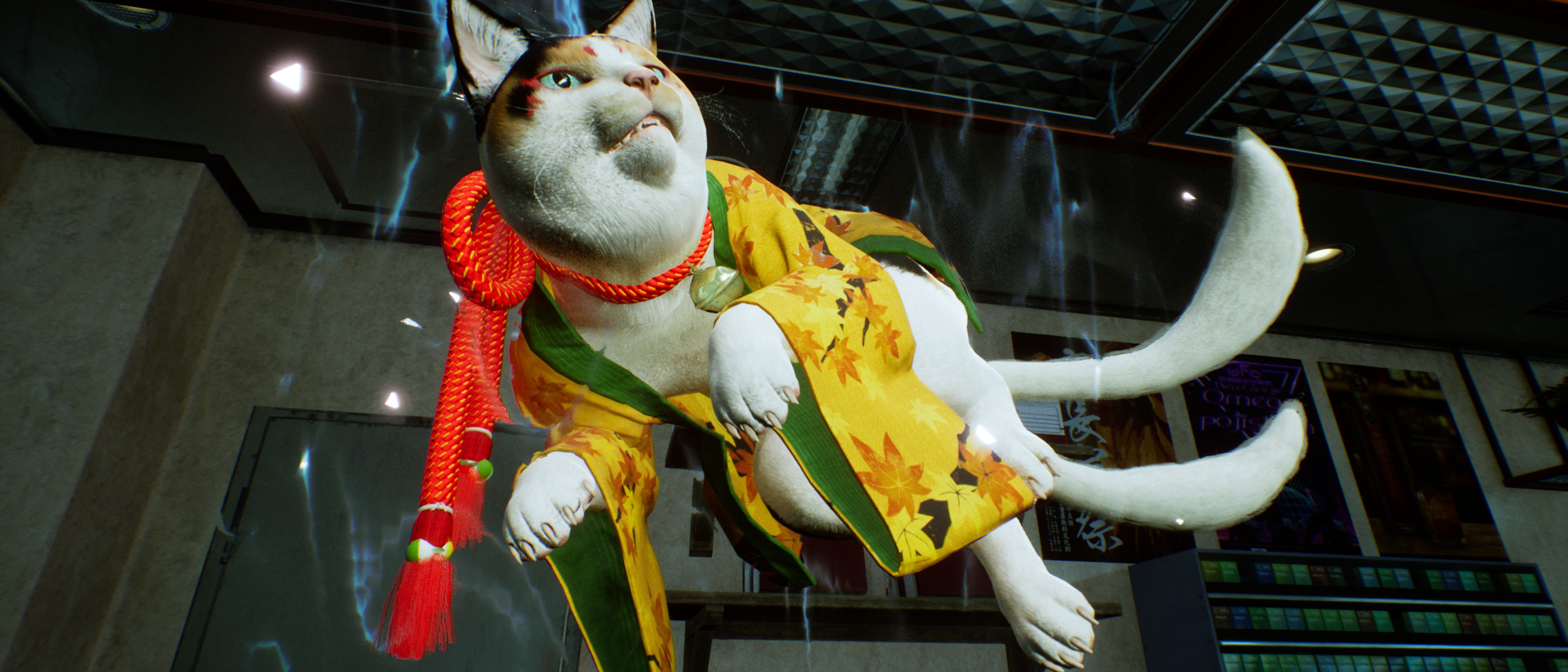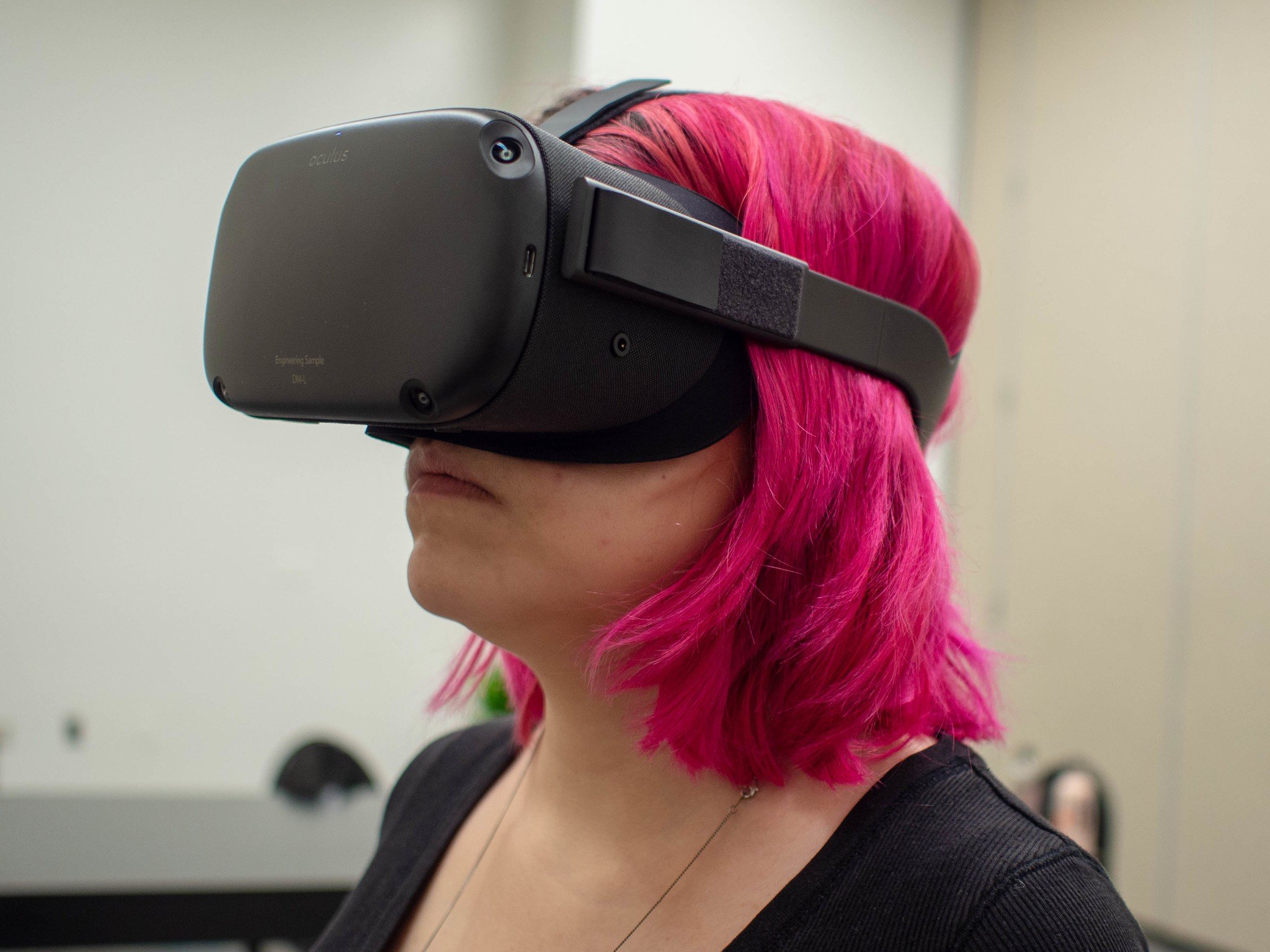Android Central Verdict
While the first few hours of Ghostwire: Tokyo suck you in with simple combat, great humor, and superb environmental design, the game ultimately runs out of ideas.
Pros
- +
+ Great environmental and sound design
- +
+ Combat is easy to understand
- +
+ Integrates aspects of Japanese mythology well
- +
+ So many cats and dogs to pet!
Cons
- -
Arcade-like elements feel out of place
- -
Pacing is awful
- -
Characters have no personality or interesting motivations
- -
Combat, collecting, and more become repetitive
Why you can trust Android Central
Early this month, an ancient Japanese stone located on Mount Nasu was found to be split in half. The landmark, called the “Killing Stone,” was believed to house a millennia-old nine-tailed fox demon, and now the internet is abuzz with stories that the demon is now free. Whether or not the nine-tailed fox was real is beside the point. No matter your culture, stories of demons and spirits are universal because they’re unknowable and powerful.
This is the draw of Ghostwire: Tokyo, a game from Tango Gameworks (the creators of The Evil Within series) about contending with Japanese spirits and mythological figures in modern-day Tokyo. There is so much to draw from in regards to enemies and set pieces, so expectations were high. As a horror fan, I was excited to contend with yokai, Japanese folk creatures which don't often appear in mainstream video games. While Ghostwire: Tokyo isn’t marketed as a “horror” game per se, it sees the player fighting Visitors, which take the form of faceless businessmen, headless children, and dangerous women with sharp blades, so there was a lot to look forward to.
Unfortunately, while Ghostwire: Tokyo does deliver that mythology in a vibrant but desolate city, it falters in a ton of other categories. While it starts off strong, the structure starts to crumble after a few hours, revealing a half-baked story, blank characters, and monotonous tasks. There are things to like – I put more hours into the game after I beat the main quest, so there is something here – but it doesn’t add up to a full experience.
Ghostwire: Tokyo — What I liked
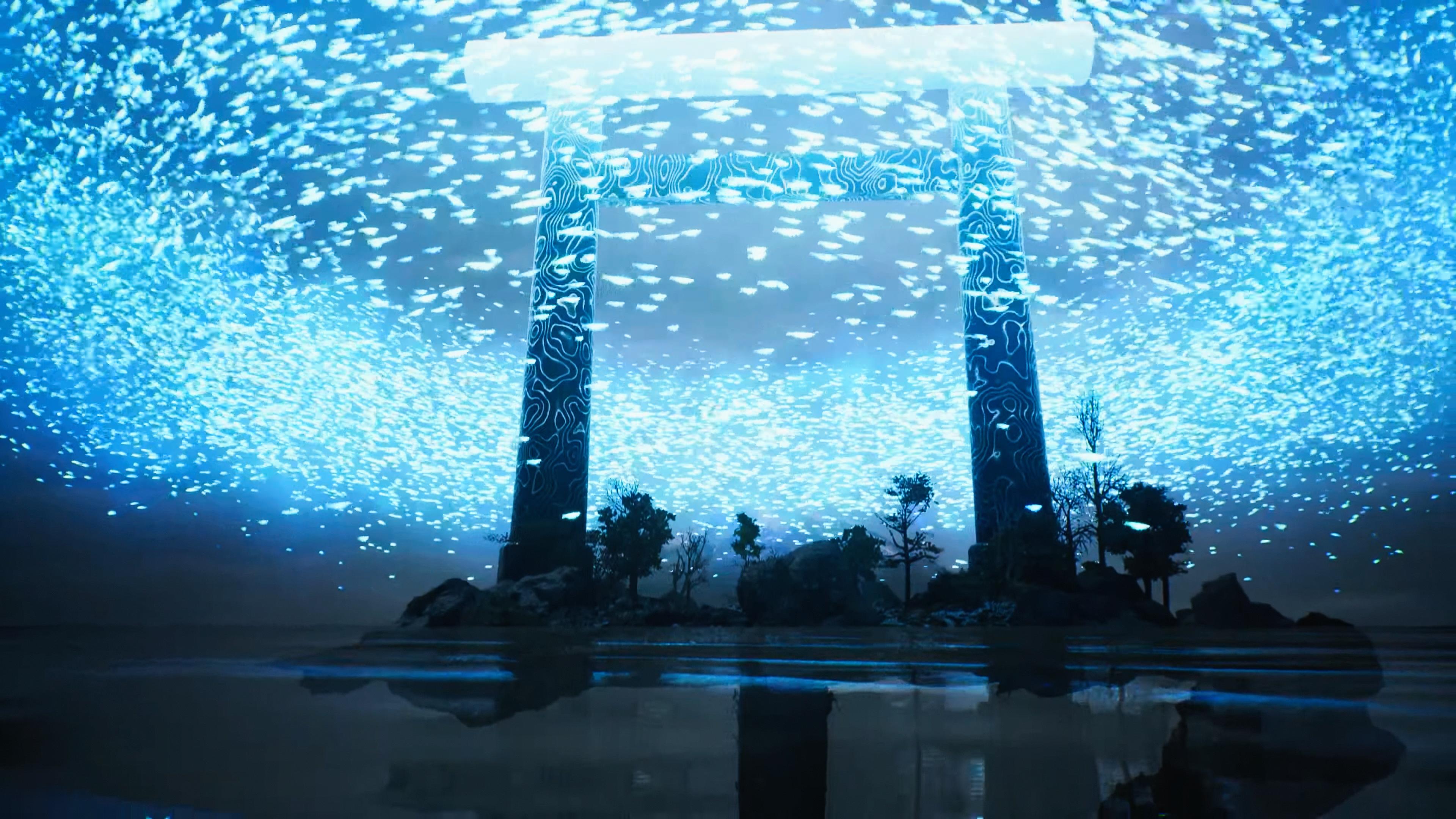
| Category | Header Cell - Column 1 |
|---|---|
| Title | Ghostwire: Tokyo |
| Developer | Tango Gameworks |
| Publisher | Bethesda Softworks |
| Genre | Action horror |
| PlayStation version | PS5 |
| Game size | 19.47GB |
| Play time | 9+ hours |
| Players | Single-player |
| PlayStation Now | No |
| Launch price | $60 |
While Ghostwire: Tokyo utterly fails in the big picture, you can start to see where the game might’ve shined in details, specifically in side quests and environmental design. As you set out to explore this empty Shibuya for the first time, the game encourages you to explore and discover secrets. Lights and music inside a grocery store lead you to discover that Nekomata, or cat yokai, have taken up as merchants in the city. Walking on the banks of some water, a dog tells you that there are kappa nearby, which you find you can lure and trap with some cucumber.
You want to seek out what else the world has in store, and for a while, that curiosity is rewarded. All the people are gone, but the dogs and cats aren’t. The moment when you realize you can walk up to a dog and pet them is always one to cherish in video games, but when you realize you can read their thoughts or feed them dog food (they’ll find you cash as a prize), it’s truly joyful. It makes you want to pet all the animals you find, especially since some of them can give you clues as to what else is going on in the area. Ghostwire: Tokyo has a great mix of quests to tackle, and while you’ll receive items and spirits for completion, you also can get a good story or chuckle out of it.
While Akito as a main character is nothing but a blank slate, some of the spirits you meet that require your assistance have more back story and unique experiences to share. Most of the time, they ask you to explore or investigate a certain place or object that haunted them before death, which leads you to out-of-the-way areas that provide horrifying, depressing, or even sweet stories. The fun of these side quests is not knowing what you’re getting into or what you’ll find. You might find just another herd of generic enemies, but you also might be introduced to a yokai or even a tougher brand of Visitor.
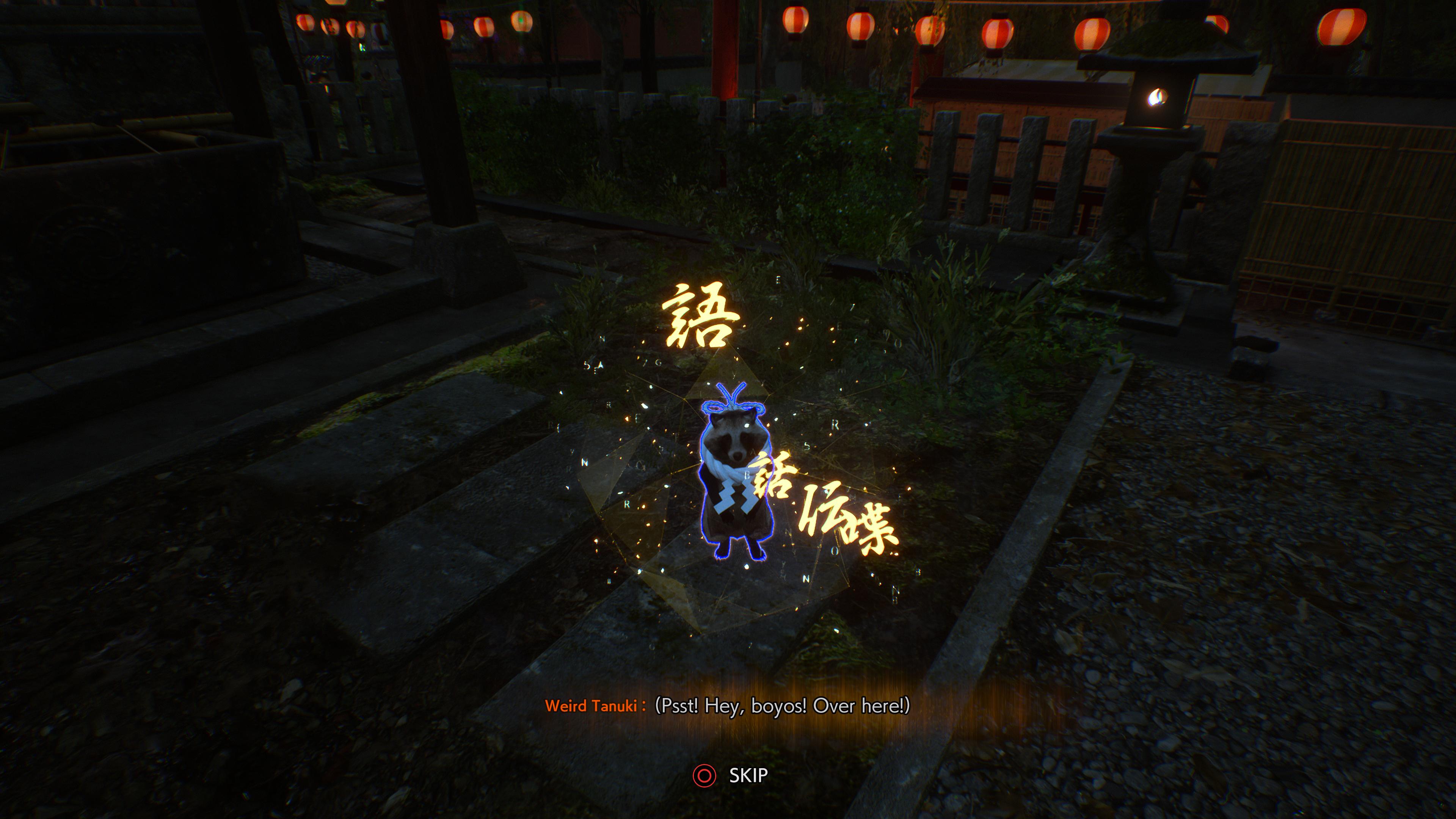
Some of my favorite side quests were able to surprise me, whether they created a level that put a spin on the established world and gameplay or just introduced new characters. For example, early in the game, you find a gruff tanuki that traveled to Shibuya and lost all of his friends, so he tasks you with finding them. While the tanuki becomes just one of the many collectibles in the game (more on this later), it’s still a delight to find one masquerading as a random object. There’s nothing quite like spotting a phone booth with a tanuki tail and meeting a furry friend with a flower in their hair.
Other areas play with your perception, twisting the architecture and stretching it out to make levels unpredictable, while seemingly inane objects end up having more significance. There’s nothing like seeing a weird painting in a home, only to find out later that it’s haunted by the spirit of a petty musician who’s taking revenge on a child prodigy. Then there’s the early-game side quest that involves you finding a lost zashiki-warashi (a yokai that brings luck), who had been kidnapped by a greedy landlord.
Ghostwire: Tokyo is a love letter to the spirituality, myths, and urban legends that make up Japanese culture, and those outside of it can learn quite a bit if they’re open to it.
The last one was where I learned the term “zashiki-warashi” for the first time, along with many other terms and elements from Japanese mythology. Ghostwire: Tokyo is a love letter to the spirituality, myths, and urban legends that make up Japanese culture, and those outside of it can learn quite a bit if they’re open to it. The game’s enemies are of course populated with yokai, but more of its mechanics also integrate these mythical elements to varying degrees of success. You have to Torii Gates around the city to clear out the fog and make more areas accessible, which also rewards you with prayer beads that boost your abilities. You can make offerings of currency called meika to heal you or help you find objectives. Katashiro, normally objects that are used to represent somebody or something in a ceremony, are used here to capture spirits so you can transfer them to outside the fog. These all feel somewhat natural, but others like omikuji, which give you temporary buffs, aren’t used enough to be impactful. Then, larger elements like yellow crystals are scattered around the city and just give you money if you break them.
There are a lot of these arcade-like aspects in Ghostwire: Tokyo that feel out of place at first. Shibuya’s population has been turned into spirits, and you have to collect them and send them out through a payphone (don’t ask). You collect spirit power (SP) in order to use your newfound powers, which you can then level up by gaining experience. You collect items to give to the Nekomata and interact with yokai to gain their powers to level yourself up. It doesn’t quite mesh with the seriousness of the story, but any discomfort I felt in the beginning faded away after a while as I fell into the game’s pattern.
The combat also has a basic flow. Ethereal weaving is your main attack, allowing you to attack enemies with wind, but you have explosive fire and close-range water abilities. You can steal cores from your enemies, which build up your synchronization with KK and allow you to do more powerful attacks. It’s nothing special, but it’s straightforward and it works.
Ghostwire: Tokyo — What I didn't like
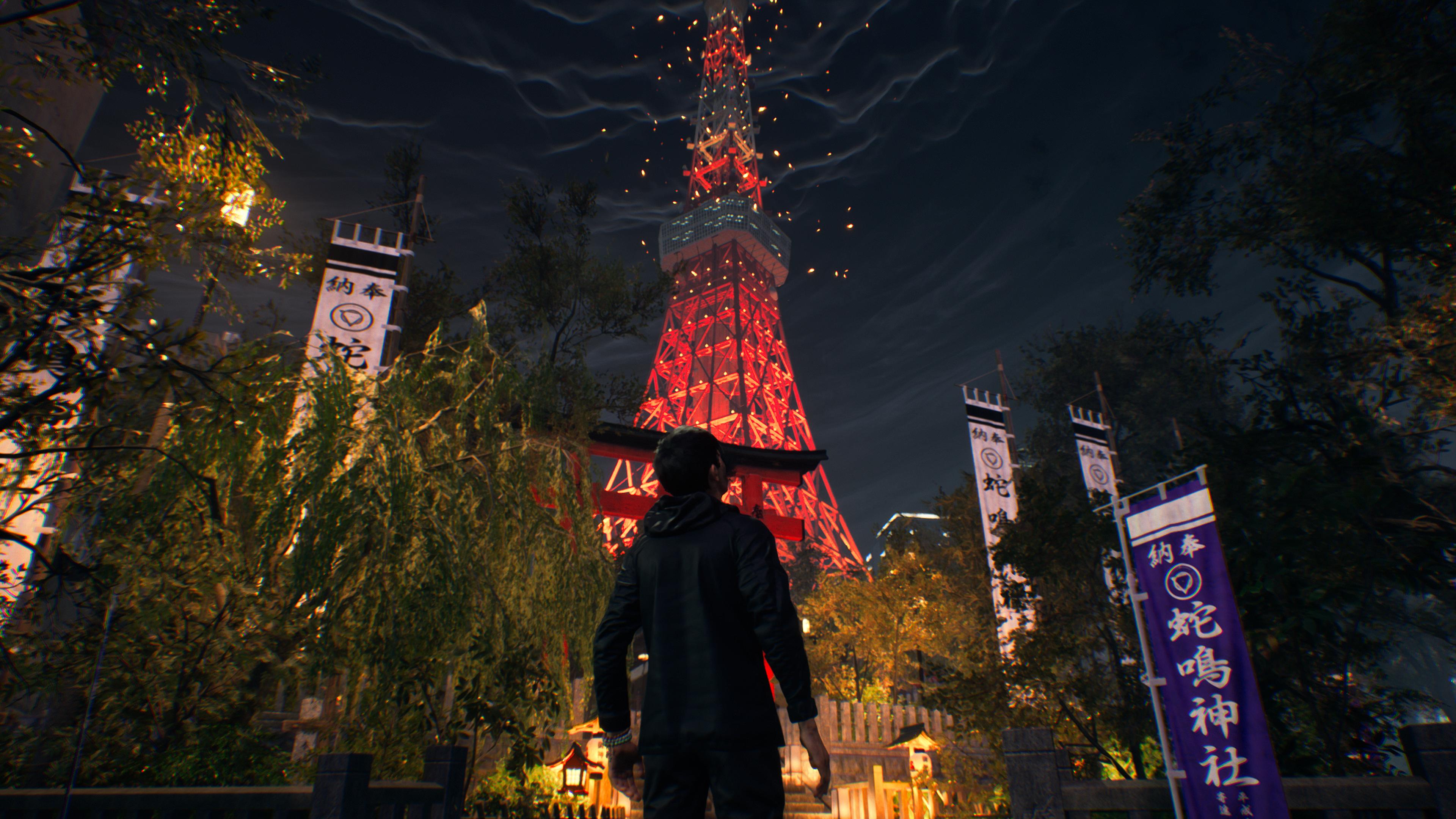
Ghostwire: Tokyo’s plot is also easy to understand. A bad guy named Hannya used fog to separate the souls of everybody in Shibuya from their bodies, and you and a spirit named KK, who has possessed your body, must go and stop him. Typically, as stories progress you learn more to flesh out those basic elements. Unfortunately, besides the basic missions you have to complete to move the narrative forward, you’re not afforded much in the way of detail to enhance that story. When you do get those details or character motivations, they’re only revealed at the end or in ways that are easy to miss. For example, I almost missed an entire side character’s story arc because it was in side quests that were on the other side of the map.
Most egregious are the major details that are hidden in notes or other collectibles. An explanation of what KK and his group of eccentric ghost hunters knew about Hannya and his plans is revealed in one of the investigation notes you find around the city. It makes a lot of what you as Akito see KK do more understandable, but I only saw it because I found a tiny scrap of paper on the map somewhere.
There is a prequel visual novel that you can play for free on the PlayStation Store that gives more depth, but if you skip it, you’ll feel like there’s a whole chunk of the story missing. You can glean information from some of the conversations, and there is a character that conveniently only speaks in pre-recorded audio messages, but it’s tough to care about Akito, KK, or his group’s goals as it relates to the antagonist when you don’t know what they are and will only find out if you stumble across the right collectible or encounter and unlock the proper side quest.

You’d think that if the team wanted to hide details from the player as some sort of reveal, they would give you enough to work with as you build up to it. Unfortunately, Akito as the player insert has no personality or motivation beyond just finding his sister, who has been kidnapped by Hannya for uninteresting and predictable reasons. You only learn why he’s so determined to find her at the very end, with a long sequence that dumps out his entire back story and quickly wraps it up without any conflict.
KK is thankfully more fleshed out, especially since you actually learn about him at a reasonable pace over the course of the game, but he can’t make up for Akito’s emptiness. You would expect their interactions to have some weight, or at least be amusing. While a couple of their conversations are meaningful or humorous (KK used to be a cop, and I enjoyed every time Akito would make fun of him for it), there aren’t enough of them to pad out the run time, so you’ll either be left with silence or the same comments you’ve heard multiple times before.
Ghostwire: Tokyo, as a whole, has similar emptiness. Sure, the point is that Shibuya is devoid of people and you have to fix that, but it had to feel lived in first. The opening cutscene shows only five other people before everybody in the city is spirited away. You can find these spirits around the city and free them, but they mostly blend into each other. When you go up to a pile of what looks like three spirits and the game tells you that you’ve actually collected 100, it mostly feels inconsistent rather than like you’re making an impact.
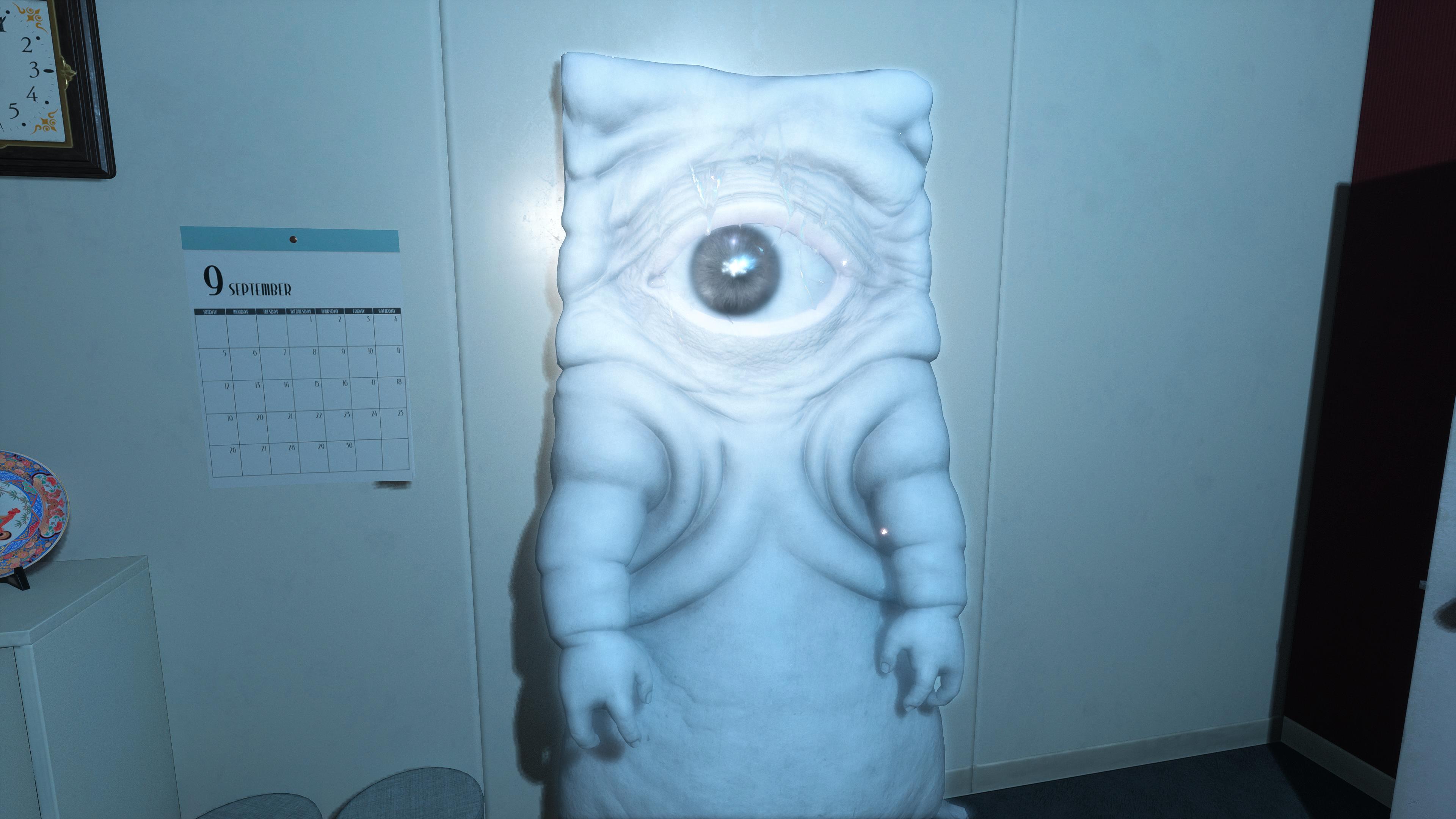
There’s a lot the game does to simulate this feeling of being in a crowded city successfully, but it’s only temporary dressing. There is excellent sound design, which shines if you have a 3D audio headset, as you traverse the city. Walking by certain restaurants or stores plays distinctive music, which fades in and out as you walk. However, after a few hours doing side quests and wandering, you’ll start to notice how repetitive it all becomes, and how what was once surprising has become dull.
Side quests start to reuse the same enemies and have the same outcomes, or they’ll be so painfully simple that they’ll take less than a couple of minutes to complete. My biggest disappointment came after what started as an interesting trek through a hospital, where I learned about a mysterious shadow woman, which just turned out to be another Visitor variant I had encountered before. I had put 12 hours into the game at that point, but this is where I stopped playing because I realized the game had run out of ideas.
There’s a lot the game does to simulate this feeling of being in a crowded city successfully, but it’s only temporary dressing.
There is a lot to do in the game, from completing quests to finding collectibles. There are a lot of collectibles, including random objects you find that can be traded to special Nekomata for money and rewards (and yes, they do meow happily when you complete a request). However, most of them are easy to find and can even be revealed on your map with a click of a button at a Nekomata stand, or with an offering for more rare findings. The objects lose their significance and become just small parts of a monotonous scavenger hunt.
Even the main quest drops the ball, with the last mission before the final bosses having you find random parts to fix a motorcycle. As I mentioned, the characters lack available motivations and aren’t interesting enough to follow, but the story, its villains, and the stakes feel noticeably absent. Hannya’s story is one we’ve heard thousands of times before, and the game feels too easy for his threat to feel real. I’m not a skilled player in any genre, and I found myself breezing through the final bosses even on the highest difficulty.
Ghostwire: Tokyo — Should you buy?
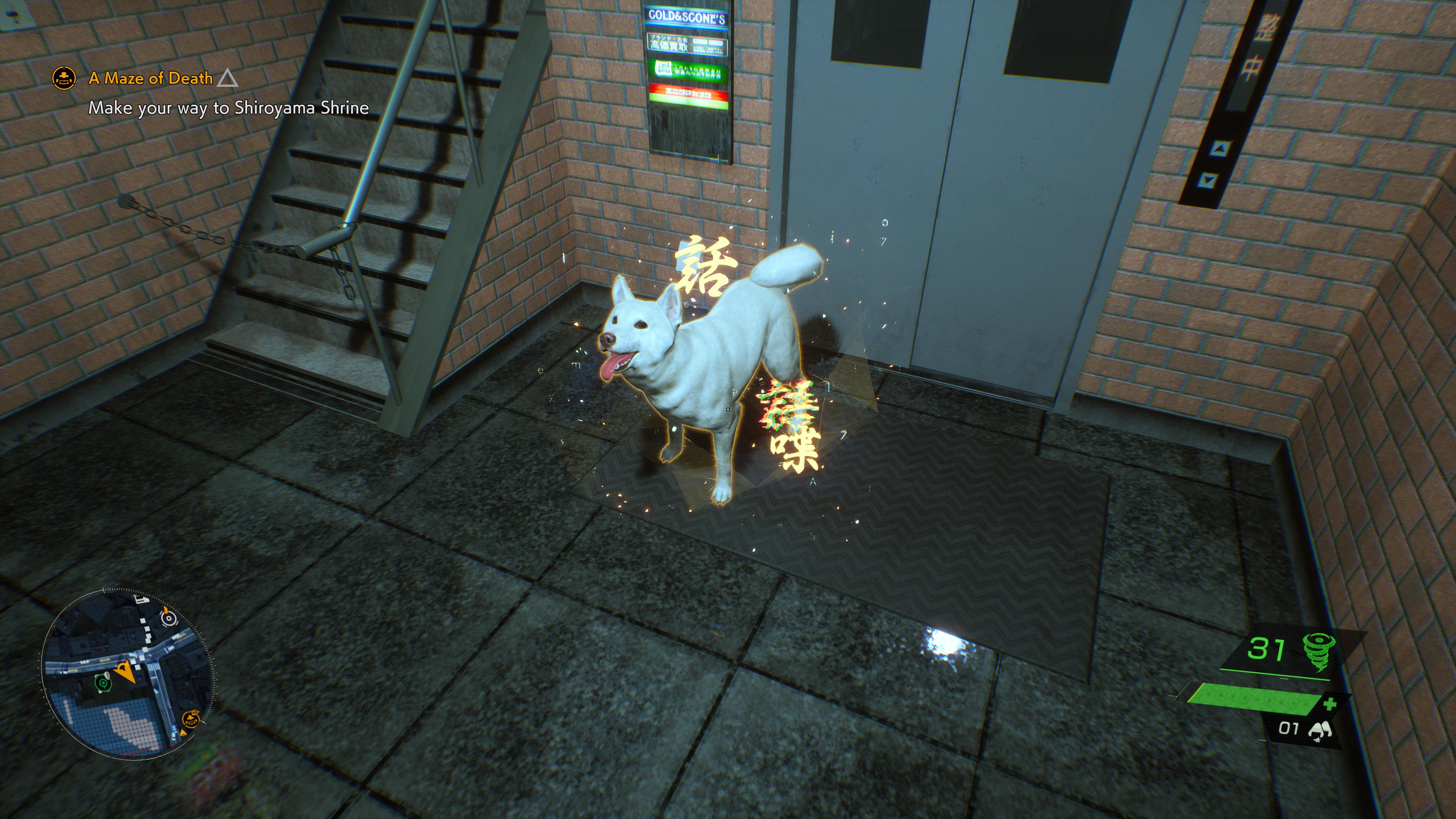
There is something to Ghostwire: Tokyo, at least in its first few hours. The combat is easy to understand and flows when you’re in the middle of a huge battle. The collectibles are humorous and informative. There are cats and dogs to pet and it’s amazing every time. When you go into a side quest not knowing what monster or spirit you’ll encounter, it makes you want to explore more. And for a while, I did.
However, the game loses its luster fast. It’s repetitive, the main story is dull and lifeless, and the characters are unrelatable. The fact that I had to actively seek out a side quest that gave me any detail on one of the supporting characters made finding any depth feel like a chore. I enjoyed plunging into a world overrun with mythology and surprises, but when it runs out, there’s nothing left. It had a decent foundation, but it’s severely cracked.
There are plenty of action and horror games on PS5 that give you a much more varied experience and are paced in such a way that the engagement will last throughout a full runtime. Why Ghostwire: Tokyo couldn’t do that will always be a mystery.
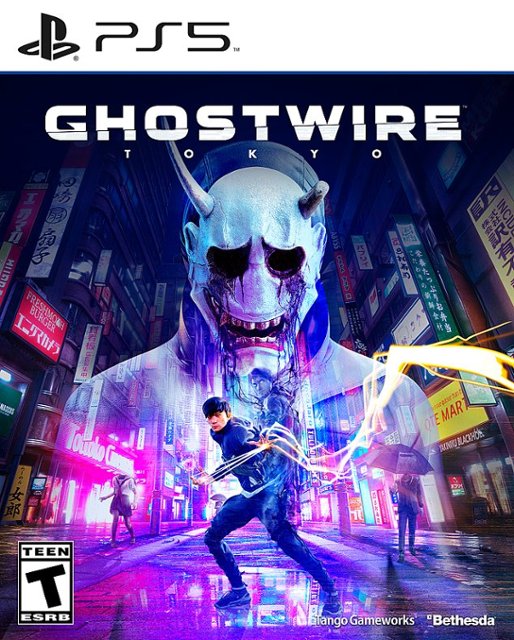
The latest action horror game from Tango Gameworks will soon be available on the PS5. Combat spirits and Japanese myths in a Tokyo beset by a horrible curse.
Carli contributed gaming content across Windows Central, Android Central, and iMore. Her last name also will remind you of a dinosaur. F
